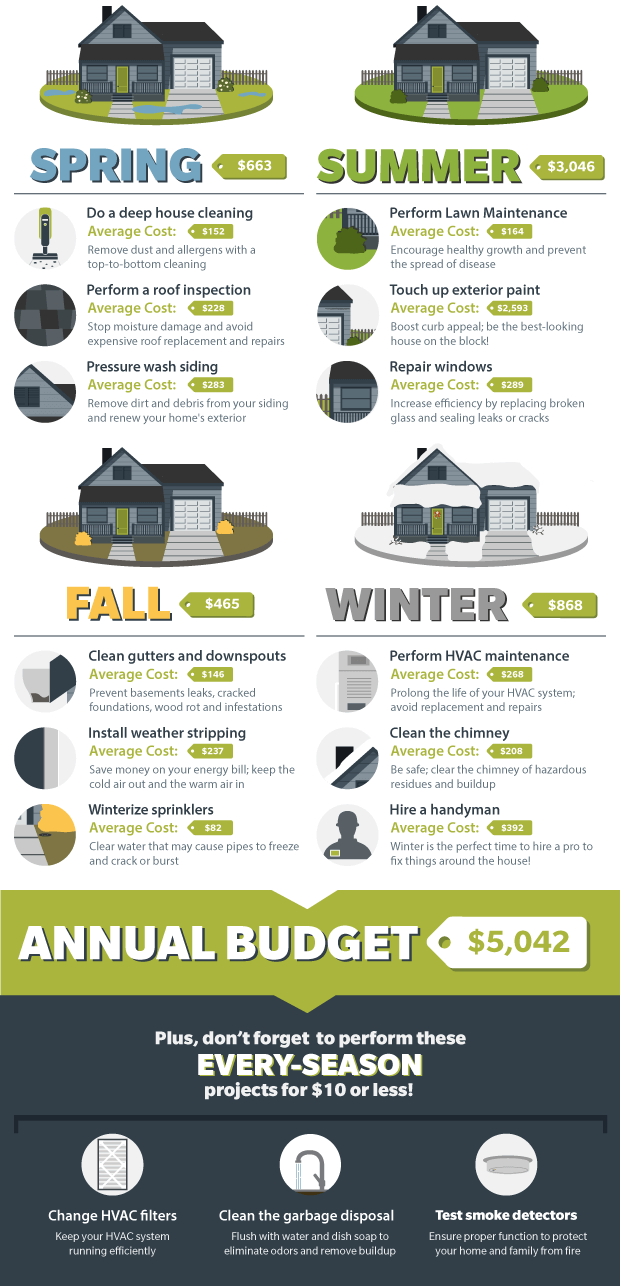Assessing The Expenses Associated With Solar Installations: Is It A Beneficial Financial Investment?
Assessing The Expenses Associated With Solar Installations: Is It A Beneficial Financial Investment?
Blog Article
Short Article Composed By-Martinussen Larsen
When thinking about the costs of solar setup, you may wonder about the ahead of time financial investment required and whether it lines up with the prospective long-term advantages. Understanding the complexities of these costs and the different elements affecting the overall return can shed light on the value suggestion of transitioning to solar energy. By assessing both the first configuration prices and the forecasted savings with time, you can acquire insight into whether the financial investment in solar installation holds pledge for your financial future.
First Setup Costs
When considering the prices of solar installment, the first configuration expenditures play a vital duty in your decision-making process. These in advance costs consist of the cost of solar panels, inverters, mounting equipment, and installation labor.
The price of photovoltaic panels can differ depending on the brand name, performance, and size you select. Inverters are crucial for converting the sunlight's power into useful electrical power and can be found in various types such as string inverters, microinverters, and power optimizers, each with its own price implications.
Mounting equipment, such as racks and rails, is necessary to firmly mount photovoltaic panels on your roof or property.
The setup labor cost covers the professional setup of the solar system, making certain that everything is set up properly and successfully. Bear in mind that while these first configuration expenses may appear high, there are usually discounts, tax obligation rewards, and financing options readily available to help counter the prices and make solar installation much more budget-friendly in the future.
Long-Term Cost Savings Analysis
To understand the monetary advantages of solar installment with time, it's critical to conduct an extensive lasting cost savings analysis. While the initial configuration costs of solar panels might seem overwhelming, the long-lasting cost savings can exceed these prices considerably. By using the power of the sun to create electrical power for your home, you can potentially save hundreds of bucks on your utility expenses over the life expectancy of your solar system.
One of the vital factors to think about in a lasting financial savings analysis is the decrease in your electrical power bills. With solar panels, you can generate your power, minimizing and even eliminating your dependence on the grid. This can cause substantial cost savings, especially as utility prices remain to rise.
In addition, lots of federal governments offer incentives such as tax credits and refunds for mounting photovoltaic panels, additionally enhancing your lasting financial savings. By taking advantage of these incentives and optimizing your solar power production, you can delight in considerable monetary benefits for years to come.
Roi Estimation
Taking into consideration the economic advantages of solar installation, it's time to examine the Roi (ROI) estimation. Determining the ROI involves contrasting the overall prices of mounting a planetary system with the monetary advantages it creates over its life expectancy.
To compute ROI, divide the internet make money from the system by the complete investment cost and multiply by 100 to get a percentage. The ROI formula is: (Net Earnings/ Total Amount Investment Expense) x 100.
As an example, if the overall price of mounting a planetary system is $20,000, and over its life-span, it produces cost savings and revenues totaling $30,000, the web revenue would certainly be $10,000. Splitting how much is solar installation by the overall investment expense of $20,000 provides a proportion of 0.5. Multiplying this by 100 provides an ROI of 50%.
Normally, a greater ROI indicates a much more financially satisfying financial investment. Factors like federal government incentives, upkeep costs, and power price fluctuations can influence the ROI of solar installments. Understanding solar panel installs helps in examining whether investing in solar energy is worth it in the long run.
Final thought
In conclusion, recognizing the expenses of solar installment is vital for figuring out if it is worth the financial investment. By thinking about solar roofing companies near me , conducting a lasting cost savings evaluation, and calculating the return on investment, you can make a notified choice about the economic worth of solar energy. With the capacity for reduced utility bills and increased power self-reliance, buying solar setup can be a clever selection for both your pocketbook and the setting.
